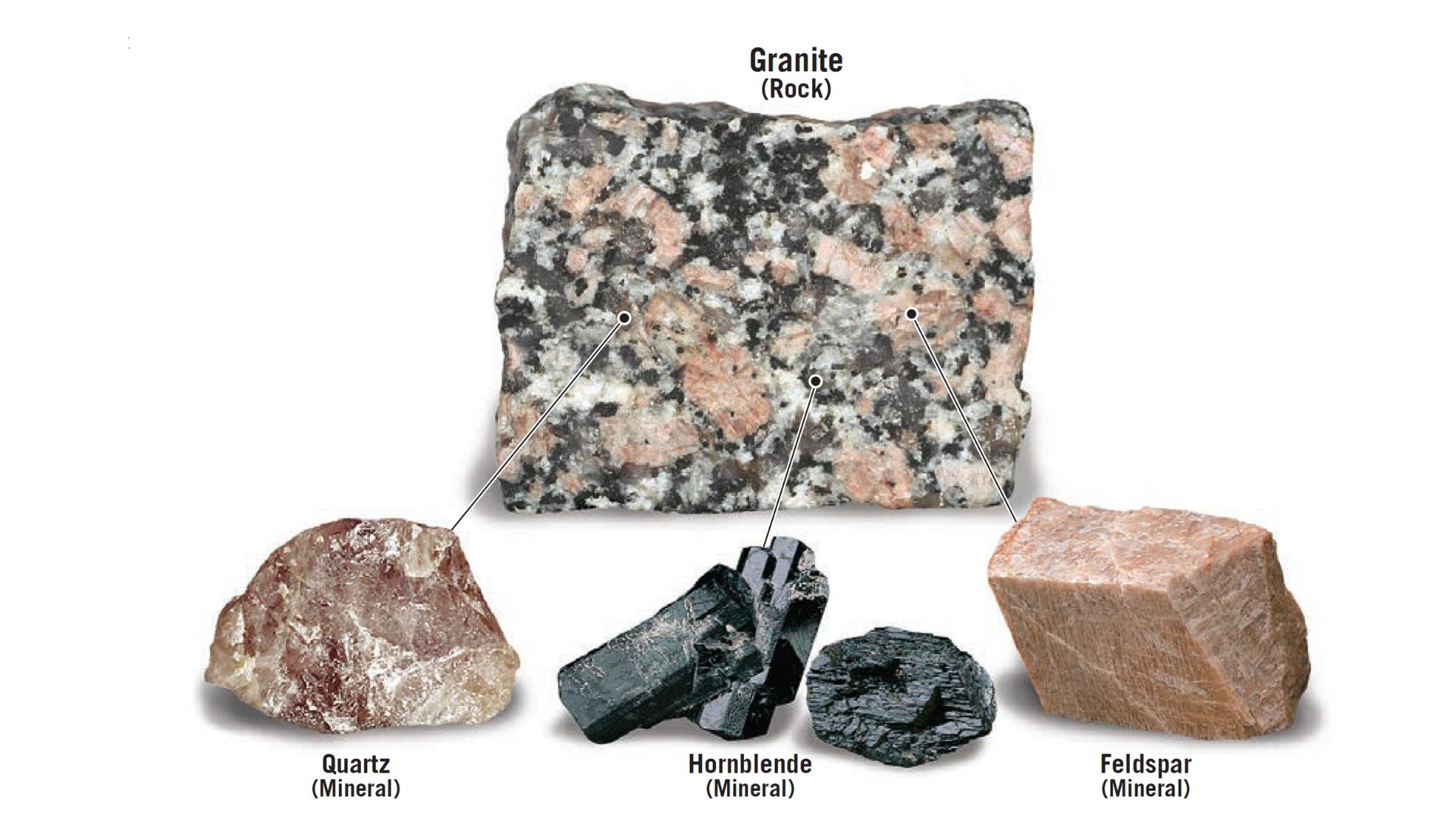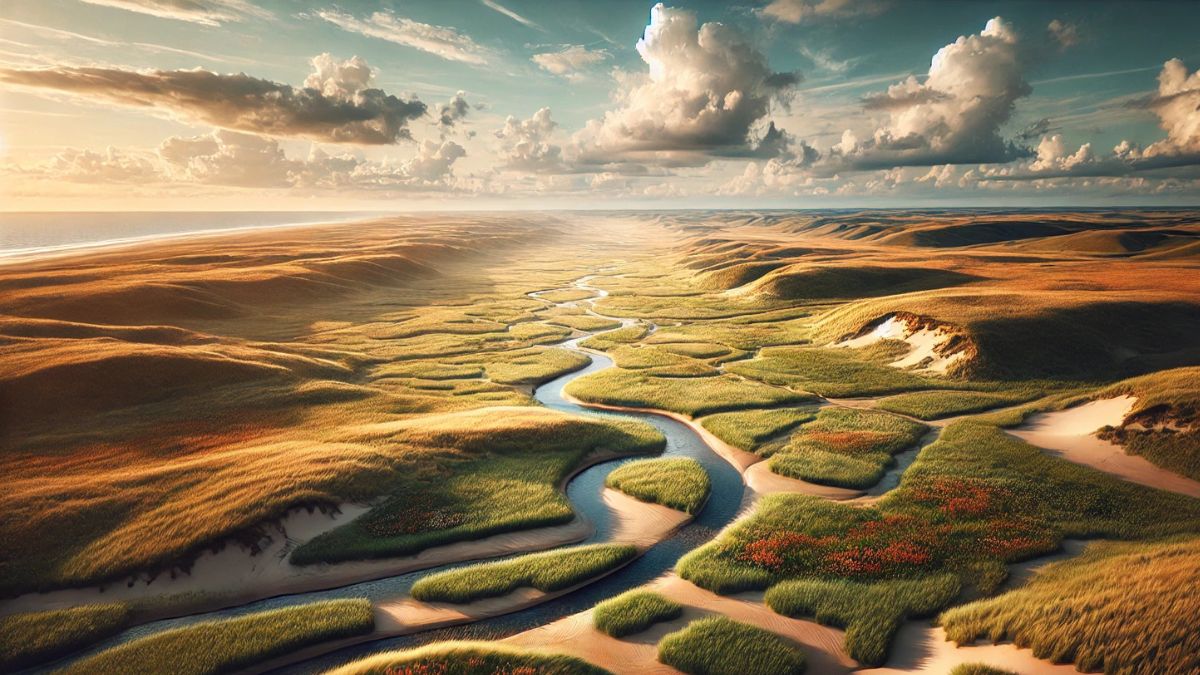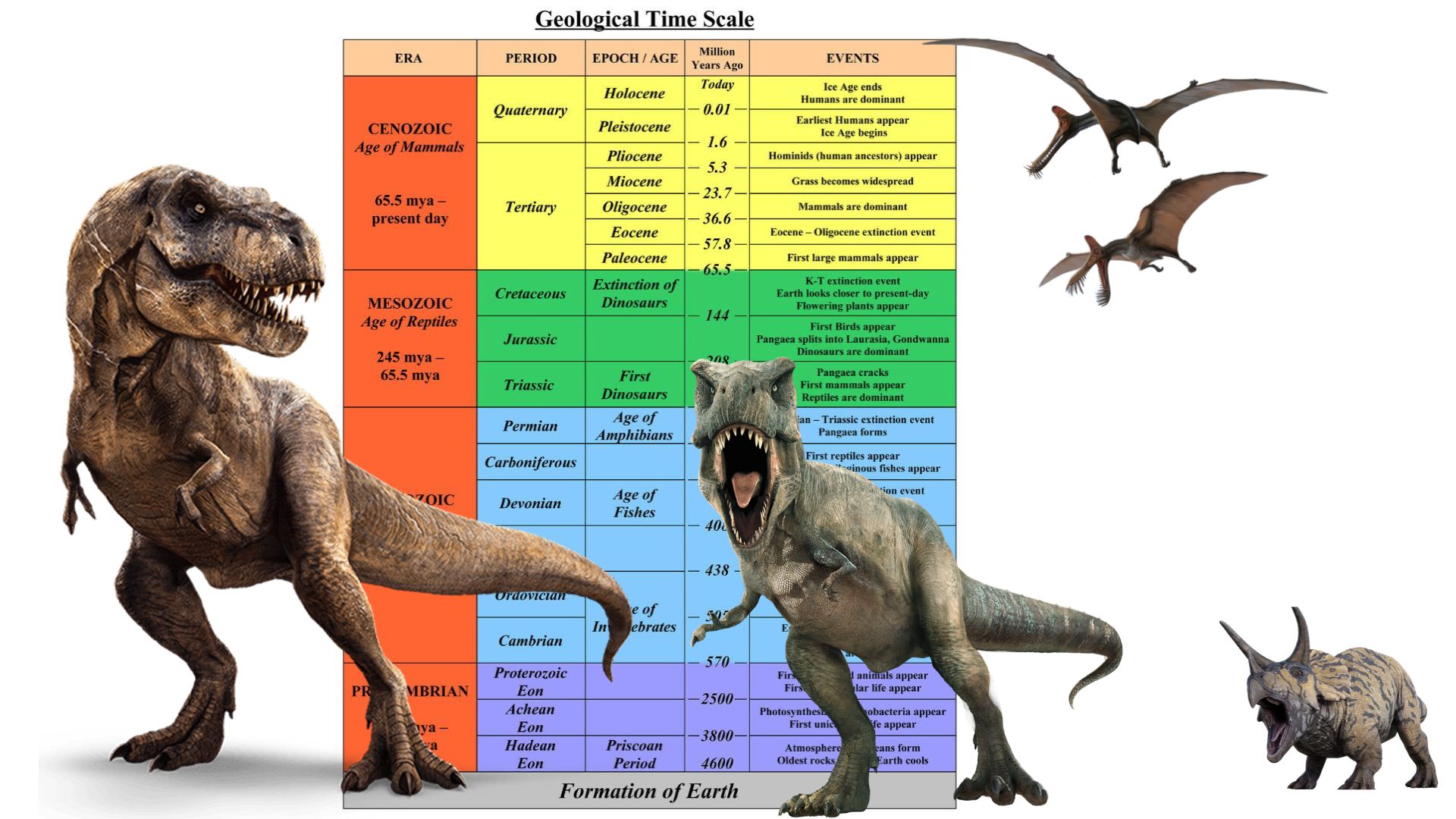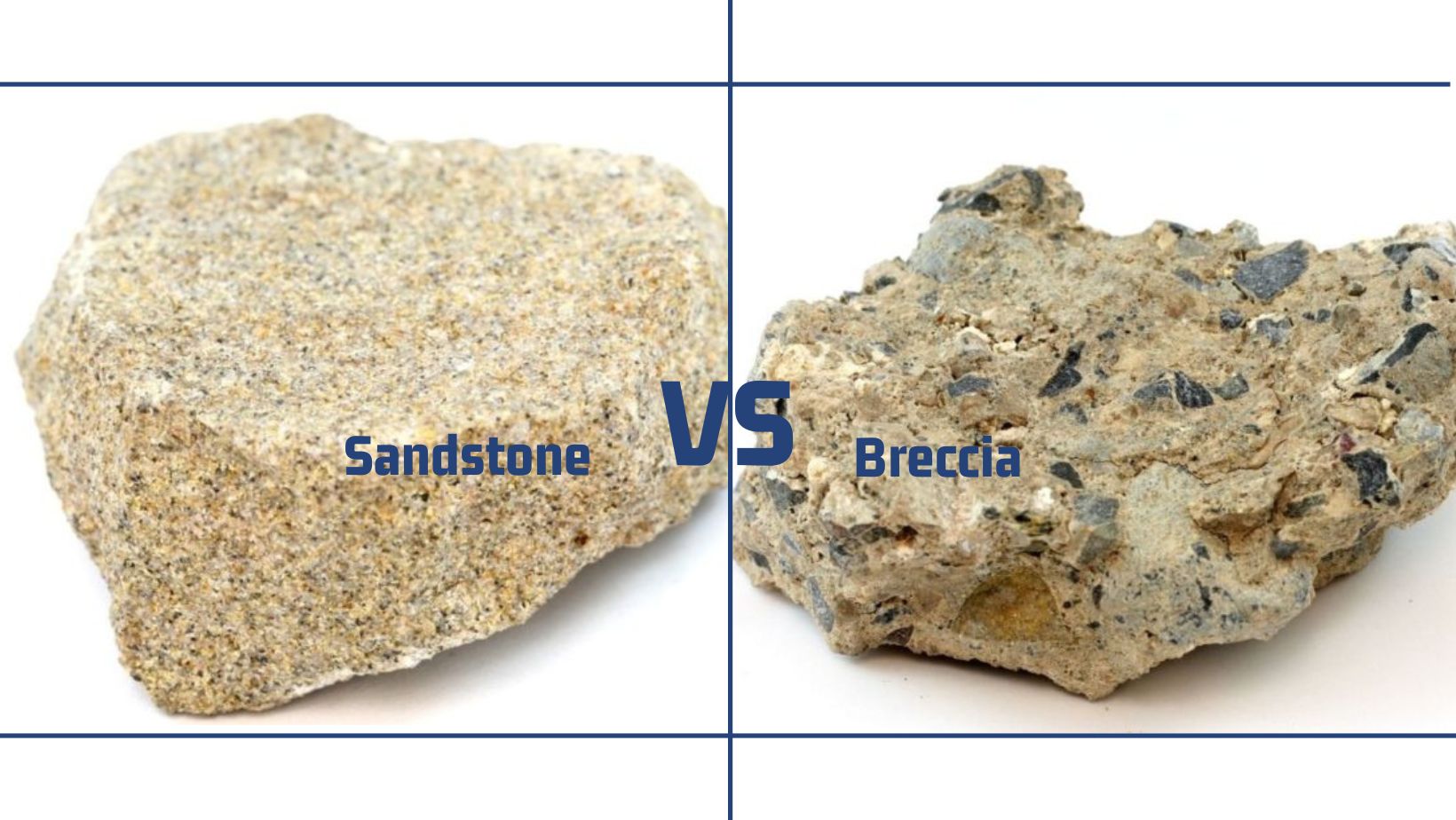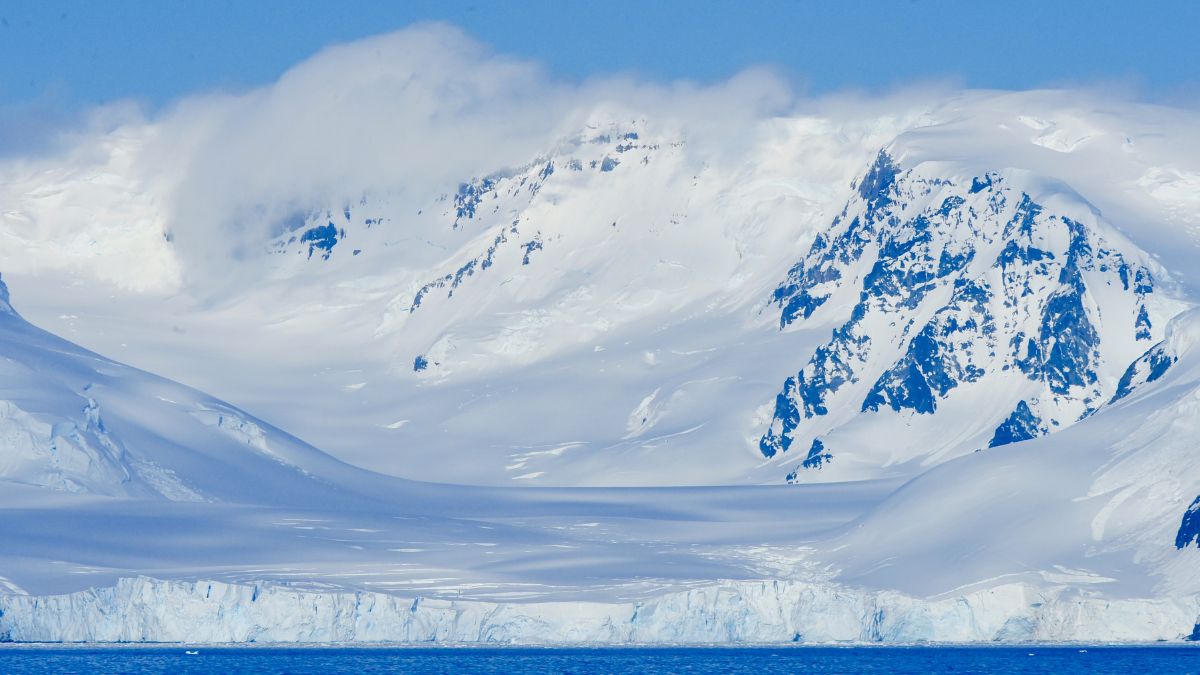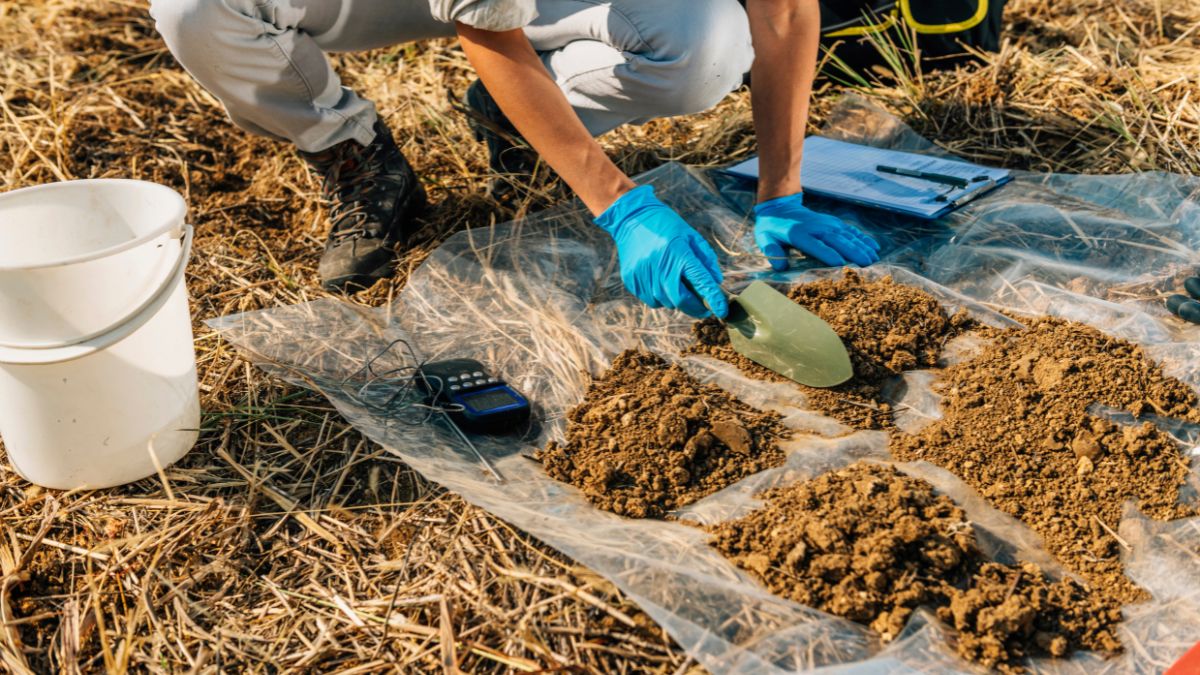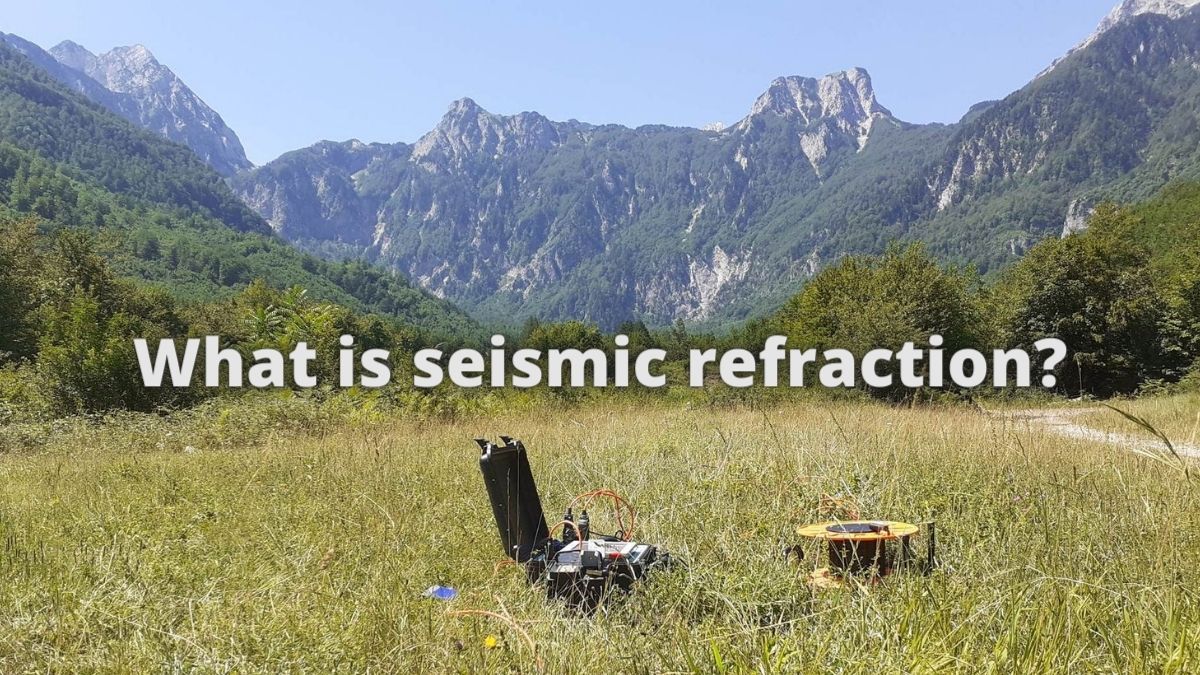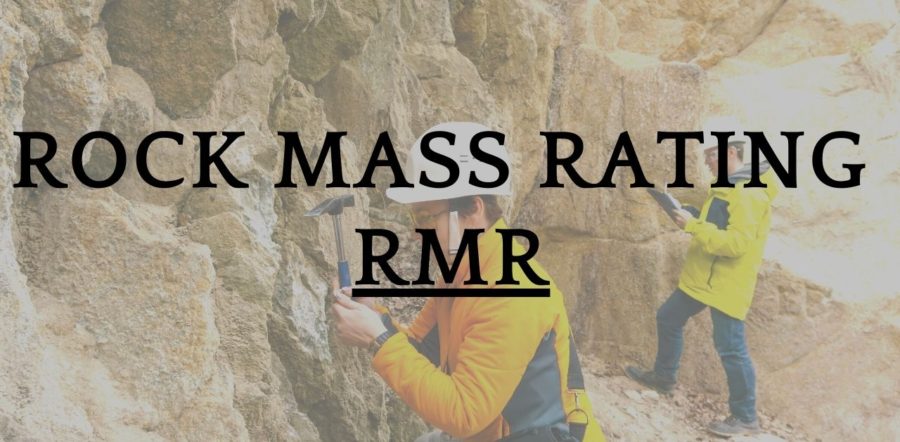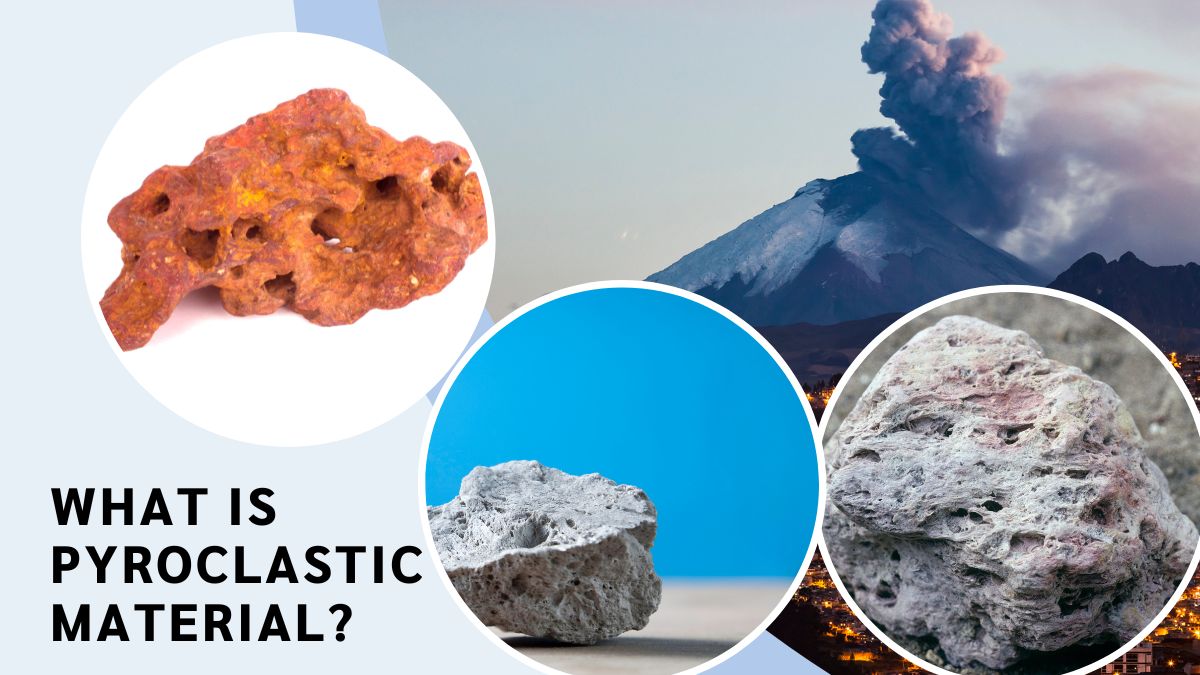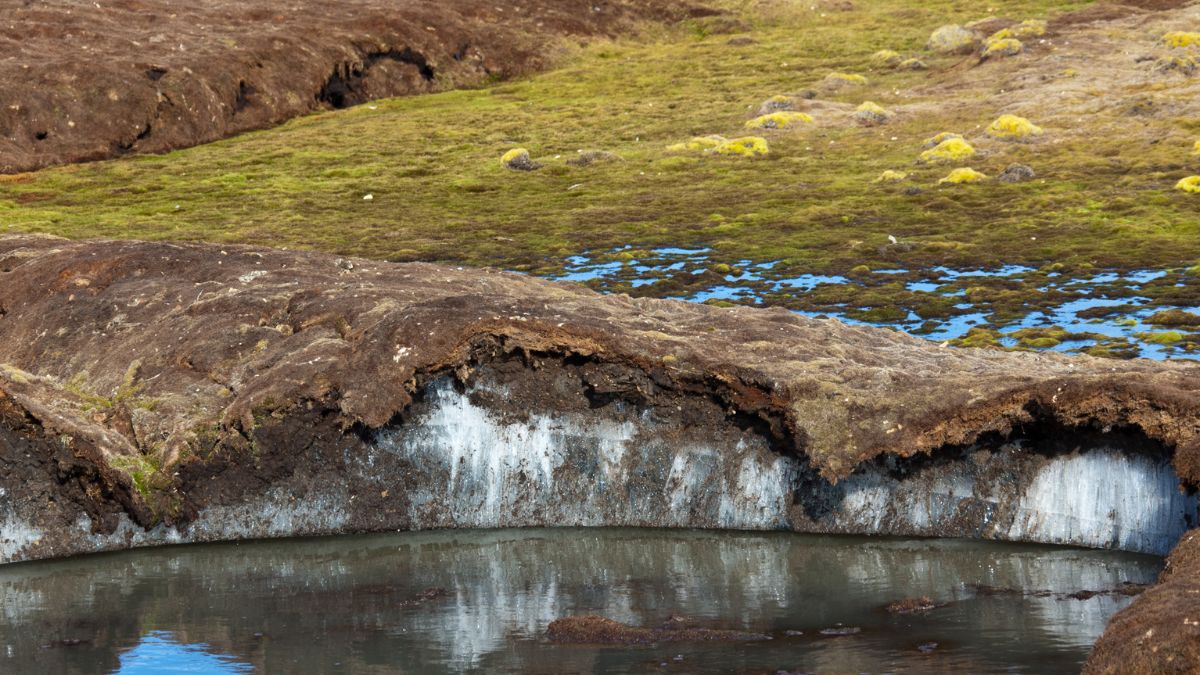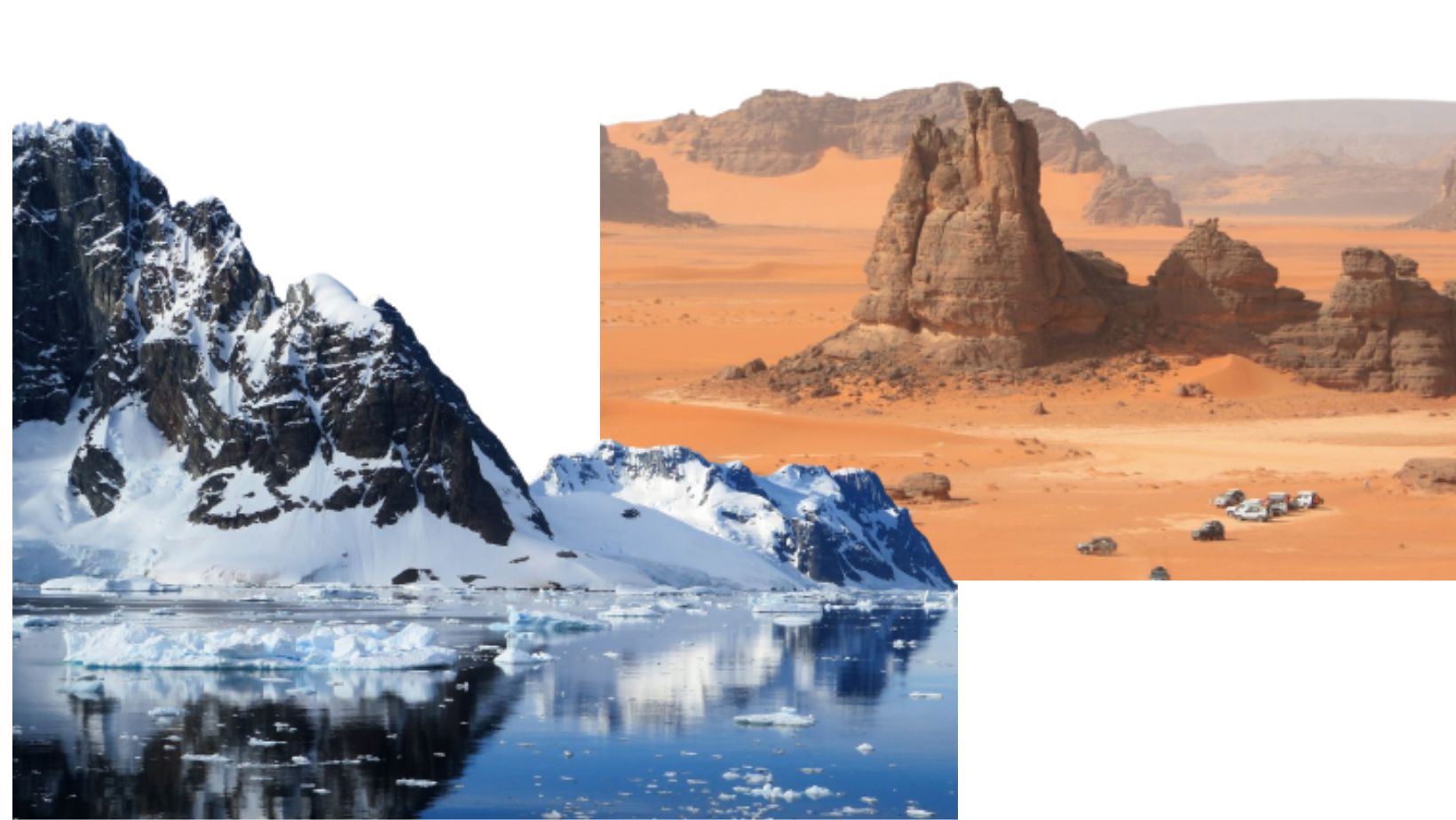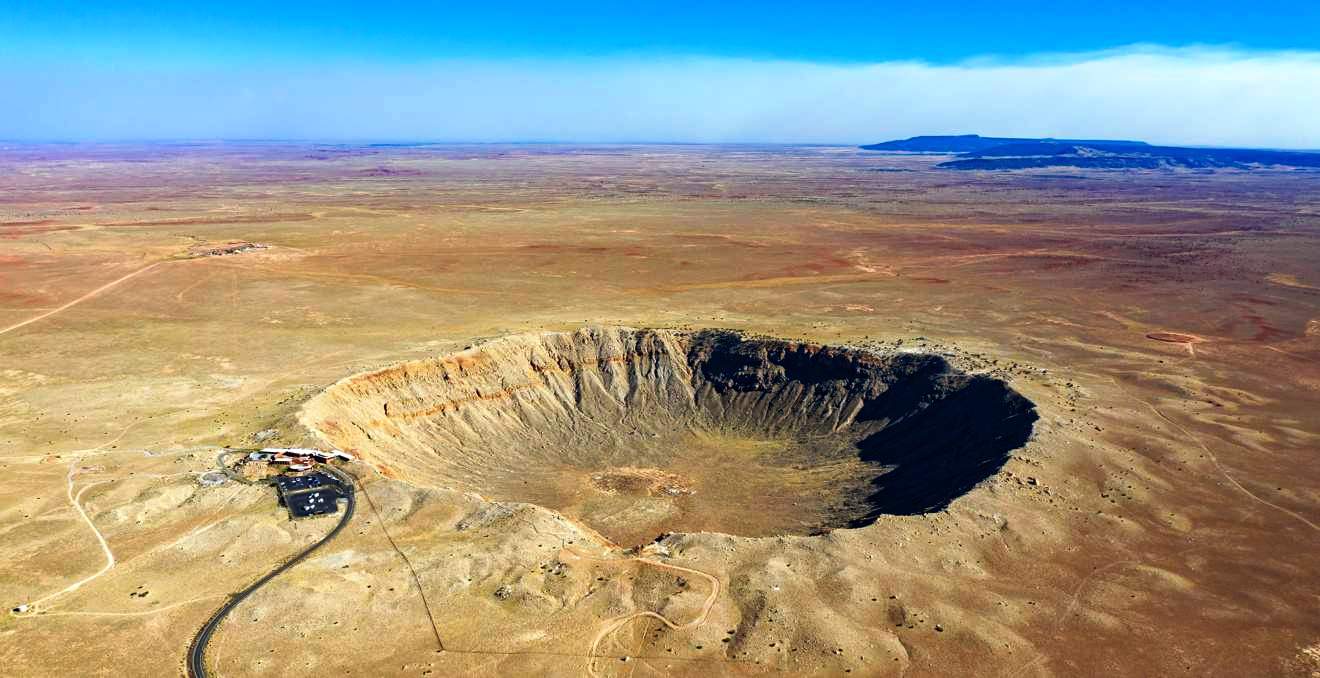
Greywacke
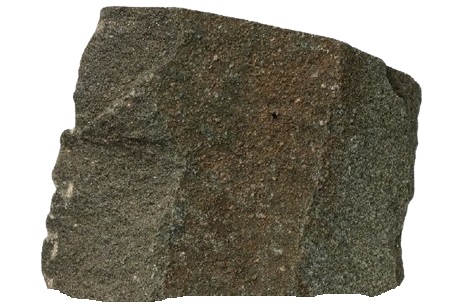
Introduction
Geology enthusiasts and professionals alike marvel at the intricate wonders concealed within the layers of the Earth. Among these geological treasures is Greywacke, a rock that stands out for its unique composition and intriguing formation. In this comprehensive guide, we delve into the depths of Greywacke, exploring its texture, origin, and the fascinating characteristics that make it a subject of fascination for geologists.
What is Greywacke?
Greywacke, a rock that encapsulates the geological history within its layers, is characterized by its distinctive composition. This rock boasts an abundance of quartz, feldspar, and rock fragments, creating a complex mosaic of minerals. The matrix, comprising clay, chlorite, quartz, and pyrite, adds further depth to its composition. Notably, the minerals are microscopic, requiring the keen eye of a geologist or specialized tools for observation.
Greywacke Information
| Group | SEDIMENTARY |
|---|---|
| Origin | Marine |
| Grain Size | Medium, Fine |
| Classification | Detrital |
| Fossils | Rare |
| Grain Shape | Angular |
Texture of Greywacke
The texture of Greywacke adds to its allure, showcasing a poorly sorted nature. A plethora of grain sizes becomes apparent upon close examination, contributing to the rock’s intricate and varied appearance. This diverse range of grain sizes within Greywacke hints at the dynamic geological processes that shaped its formation.
Origin of Greywacke
Greywacke traces its origin to marine environments, where it emerges from the remnants of sediment deposited over time. This rock offers a glimpse into the ancient underwater landscapes and the processes that led to its formation. Composed primarily of marine sediments, Greywacke is a testament to the geological evolution occurring beneath the ocean’s surface.
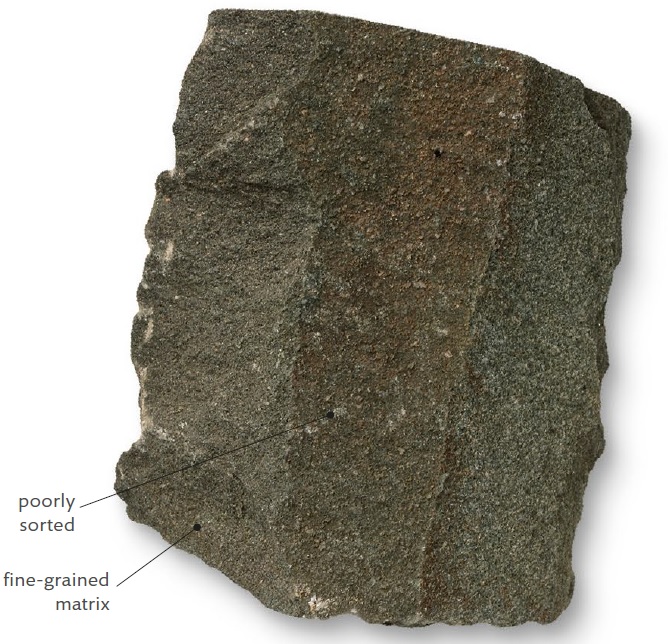
Formation from Slurry Deposits
Greywacke has the potential to form from a slurry of sediment, deposited in deep ocean environments characterized by fast-moving currents. This unique origin story contributes to the rock’s distinct features and may unveil a variety of sedimentary characteristics. Exploring Greywacke provides an opportunity to unravel the mysteries of Earth’s history etched into its layers.
Characteristics and Features
Beyond its composition and origin, Greywacke exhibits a range of characteristics that captivate geologists and rock enthusiasts alike.
Microscopic Minerals: The minerals within Greywacke are too small to be seen with the naked eye, emphasizing the need for advanced tools in geological studies.
Matrix Components: The presence of clay, chlorite, quartz, and pyrite in the matrix adds complexity to Greywacke, presenting a rich palette for geological analysis.
Variety of Sedimentary Features: Greywacke, formed in dynamic marine environments, may display a diverse array of sedimentary features. These features provide valuable insights into the conditions prevailing during its formation.
Greywacke in Geological Research
Greywacke holds a prominent place in stratigraphic studies, offering valuable information about the Earth’s past. Researchers use the rock’s characteristics to decipher the sequence of geological events and environmental conditions that shaped the landscape.
Exploration for Natural Resources
The unique composition of Greywacke also makes it a focal point in exploration for natural resources. Understanding the distribution and properties of Greywacke can aid in identifying areas with potential mineral deposits or energy resources.
Greywacke: A Geological Journey Unveiled
In conclusion, Greywacke stands as a testament to the dynamic processes that have shaped our planet over millions of years. From its poorly sorted texture to its marine sediment origin, Greywacke offers a captivating narrative for those delving into the world of geology. As we continue to unravel the mysteries of Earth’s geological history, Greywacke remains a key player in the intricate story of our planet’s evolution.


Petroleum Geologist Salary: An In-Depth Guide


